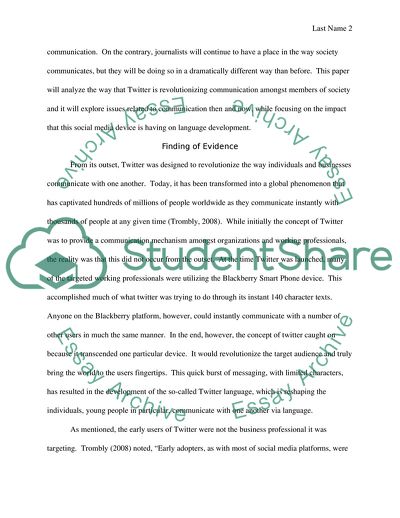Cite this document
(The Effect of Twitter on Language Development Term Paper, n.d.)
The Effect of Twitter on Language Development Term Paper. https://studentshare.org/social-science/1845542-technology-language-and-writing
The Effect of Twitter on Language Development Term Paper. https://studentshare.org/social-science/1845542-technology-language-and-writing
(The Effect of Twitter on Language Development Term Paper)
The Effect of Twitter on Language Development Term Paper. https://studentshare.org/social-science/1845542-technology-language-and-writing.
The Effect of Twitter on Language Development Term Paper. https://studentshare.org/social-science/1845542-technology-language-and-writing.
“The Effect of Twitter on Language Development Term Paper”. https://studentshare.org/social-science/1845542-technology-language-and-writing.


